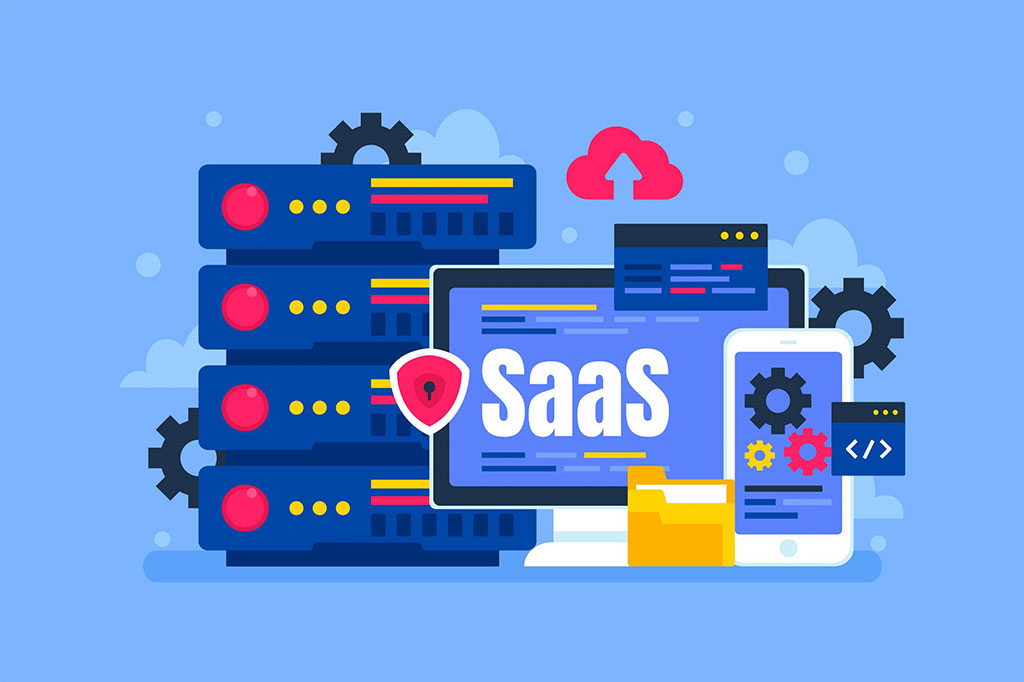
What is a Marketplace?
A marketplace is a virtual space that acts as a meeting point for multiple sellers, allowing them to offer their products or services through a unified website. By providing a space for product displays, transaction management, and payment processing, marketplaces simplify the interaction between buyers and sellers. They are becoming increasingly prevalent in a range of industries such as retail, technology, and tourism, among others.
The importance of marketplaces in the digital economy is undeniable. Recent data suggests that by 2025, more than 50% of global online retail sales will be made through marketplaces. This surge in marketplace popularity signifies growing consumer trust in online shopping and the convenience of accessing a wide range of products or services in one place.
Examples of Marketplaces
- Amazon: One of the world’s largest and most recognized marketplaces, covering a wide range of product and service categories.
- Booking.com: A marketplace focused on the travel and accommodation industry, enabling users to book hotels and other lodgings worldwide.
- UberEats: A part of the Uber company, this marketplace connects restaurants and delivery personnel with customers wishing to order food deliveries.
- Wallapop: Very popular in Spain, it focuses on the buying and selling of second-hand items, allowing users to locally buy and sell used items.
Each of these marketplaces excels in its respective industry and collectively offers a glimpse into the variety and flexibility that marketplaces can offer to both sellers and buyers.
How does a Marketplace differ from an eCommerce?
Both models, marketplace and eCommerce, operate in the online sales environment, but have fundamental differences in their structure and operation.
An eCommerce is typically owned by a single business selling its own products or services. Customers access the site to purchase directly from that company, managing inventory, payments, and shipments internally.
In contrast, a marketplace provides the infrastructure for various sellers to offer their products or services. Customers can access a wide range of options from different sellers in one place. The marketplace usually handles payments, while shipments may be managed either by the sellers or the platform itself.
The key difference lies in the number of sellers: one seller in eCommerce vs. multiple sellers in a marketplace. This impacts aspects such as management, logistics, competition, product variety, and user experience.
Essential functionalities of a Marketplace
- Product Catalog: A system for sellers to add, edit, and delete products easily and efficiently. Buyers should be able to search and navigate this catalog intuitively.
- Filters and Search: An advanced search system with filters helps buyers find what they’re looking for based on different criteria.
- Seller Profiles: Sellers should be able to create and manage profiles, showing relevant product information, pricing, and shipping policies.
- Payment System: A secure and reliable system allowing hassle-free transactions. This may involve integrating popular payment gateways or developing a custom payment solution.
- Shipping Options: Buyers should have multiple shipping options and see shipping costs upfront.
- Order Management: Sellers need a system to track orders, and buyers should verify their order statuses in real-time.
- Ratings and Reviews: Essential for building trust and offering feedback on product quality and seller reputation. This function is crucial to build trust and provide feedback on the quality of the products and the reputation of the sellers.
- Customer Support: Essential for addressing queries and issues, can include live chat, ticketing systems, or FAQs. This can take the form of a live chat, a ticketing system, or an FAQ section.
Considerations when developing a Marketplace
- Target Audience Definition: Understand your intended audience, influencing design, functionalities, and marketing strategies. This will influence the choice of design, functionalities and marketing strategy.
- Market Niche Selection: Successful marketplaces often focus on specific niches rather than attempting to be all-encompassing. In fact, many of the most successful marketplaces focus on specific niches.
- Technical Considerations: Depending on the scale, you might need a development team or a pre-existing marketplace platform.
- Legality: Complying with all relevant regulations is paramount.
- Monetization Strategy: Marketplaces have various revenue streams like sales commissions, ads, subscriptions, and premium services.
- Growth Planning: A successful marketplace requires a sufficient number of sellers and buyers. You need a strategy to attract both groups and encourage their interaction.
- Support and Customer Service: Essential for addressing user queries and issues effectively. You must have a plan to handle user queries and problems effectively.
- Security and Trust: Safeguard user data, ensure transactional security, and build user trust. In addition, they must work to build user trust in the platform.
How to develop a Marketplace using WordPress ?
- Install WordPress: Start by installing WordPress on your hosting server. WordPress is an open source platform, which means that you can download it for free and use it on your own server.
- Select a Theme: Choose a visually appealing theme with required functionalities. It is important to choose a theme that is visually appealing and has the functionality you need for your marketplace.
- Install WooCommerce: One of the most popular e-commerce platforms for WordPress. It allows you to sell physical and digital products, manage inventory, automatically calculate taxes, and much more.
- Install a Marketplace Plugin: Convert your WooCommerce site into a marketplace, for instance, using the WCFM Marketplace plugin. One of the most popular is WCFM Marketplace, which allows multiple sellers to sign up and sell their products on your site.
- Customize your Marketplace: Setup seller commissions, design elements, and shipping and return policies. This includes setting up seller commissions, customizing the appearance of your site, and setting up shipping and return policies.
- Test and Launch: Ensure all functionalities work correctly. Once you’re happy with your site, you can launch it and start attracting sellers and buyers.
- Promotion and Growth: Implement marketing strategies post-launch. This can involve social media marketing strategies, SEO, blog content, and more.
QualitApps is your trusted partner for comprehensive marketplace development. We manage the entire process, from installation to launch, freeing you to run your business. With experienced professionals and a dedicated Quality Assurance team, we turn your marketplace vision into successful reality.





